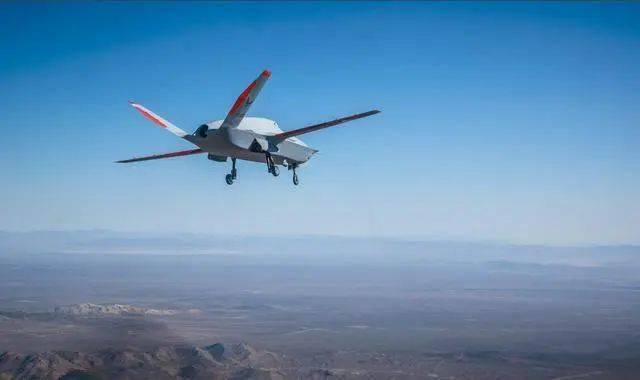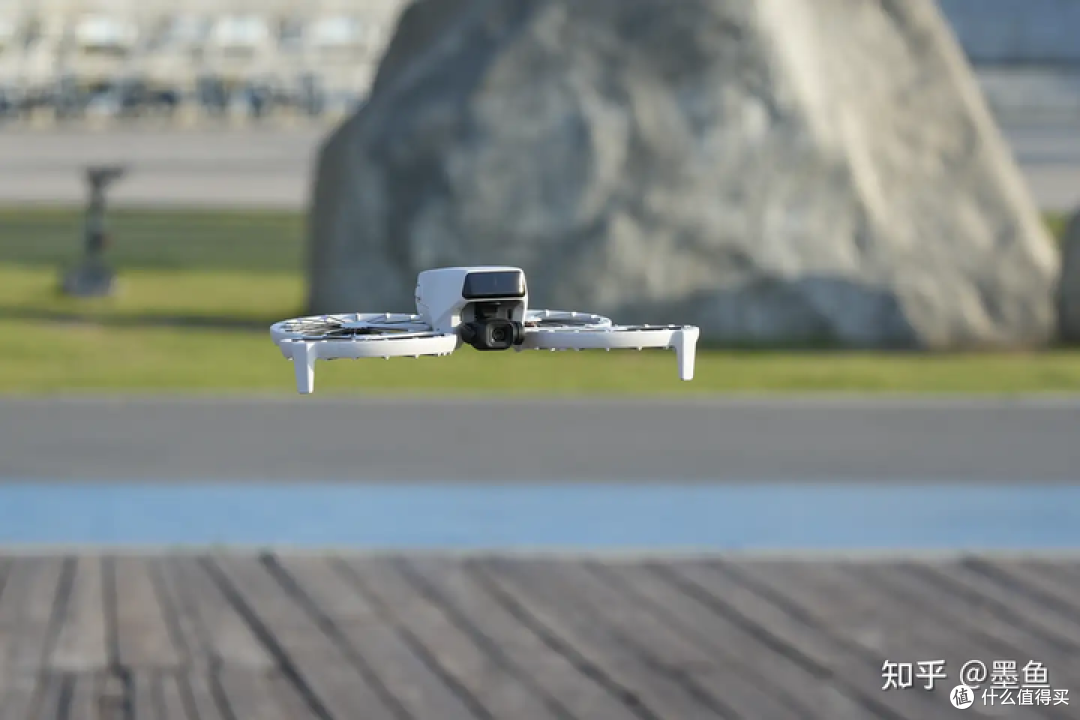The Evolution of Drone Technology
 Drones have come a long way since their inception, initially serving primarily for aerial photography and recreational purposes. Over time, they have been repurposed for more serious applications, including surveillance, logistics, and now as mechanized weapon platforms. The concept of arming drones stems from the need for enhanced military strategy, allowing forces to minimize human risk while maximizing operational efficiency.
Drones have come a long way since their inception, initially serving primarily for aerial photography and recreational purposes. Over time, they have been repurposed for more serious applications, including surveillance, logistics, and now as mechanized weapon platforms. The concept of arming drones stems from the need for enhanced military strategy, allowing forces to minimize human risk while maximizing operational efficiency.
In military use, drones have become indispensable tools. Their ability to carry a variety of payloads, execute strategic maneuvers, and transmit real-time intelligence makes them assets in modern warfare. The introduction of guns and other weapons into this equation has the potential to transform combat scenarios, offering both tactical advantages and increased risks.
Implications and Ethical Concerns
While the ability to deploy armed drones can bolster national security and play crucial roles in military interventions, there are intrinsic ethical concerns that cannot be overlooked. The use of drones equipped with guns brings up questions about accountability, especially when precision and decision-making are delegated to machines. There’s a persistent worry that such technology could lead to increased casualties or be deployed in situations where diplomatic solutions would be more appropriate.
The proliferation of armed drones could also lead to a global arms race, similar to nuclear proliferation, where countries might feel compelled to develop or acquire such technologies to keep pace with potential adversaries. Furthermore, if these drones were to fall into the wrong hands, the consequences could be severe, enabling malicious groups to carry out acts of terror with unprecedented ease.
Applications Beyond Warfare
Beyond the battlefield, armed drones also present potential uses in law enforcement and personalized security. They could revolutionize how security is maintained in vulnerable regions or during critical events. Nonetheless, their deployment in civilian areas requires stringent regulations and oversight to protect civil liberties and prevent misuse.
Industries such as agriculture and logistics also explore weapon-equipped drones for tasks like pest control and protection of valuable shipments. These innovative uses could enhance productivity and safety but also raise questions about monitoring and control.
Future Developments
Looking forward, advances in AI and machine learning could further integrate “drone with gun” technologies, enabling more autonomous operations and enhanced decision-making processes. The focus on creating drones that can differentiate between combatants and civilians, identify threats in real-time, and make judgment calls without direct human intervention is becoming more prominent in research and development.
The future of armed drones is poised between groundbreaking advancements and controversial ethical considerations. As capabilities are refined and regulations tighten, continuous collaboration on an international scale will be necessary to balance innovation with human rights.
FAQ
What are the legal implications of using drones with guns? The legality varies widely based on jurisdiction and intended use. Military deployments often follow international law and treaties, while civilian use requires adherence to local regulations and oversight to ensure safety and privacy.
The legality varies widely based on jurisdiction and intended use. Military deployments often follow international law and treaties, while civilian use requires adherence to local regulations and oversight to ensure safety and privacy.
Can armed drones replace human soldiers? While drones enhance operational capacity, they cannot entirely replace human judgment and adaptability on the battlefield. Ethical and practical concerns still require human oversight and intervention in many combat scenarios.
How can misuse of armed drones be prevented? Strict legal frameworks and technological controls are imperative to prevent misuse. This includes regulated production, sale restrictions, and advanced systems to ensure accountability and safe operational parameters.
Understanding the full scope of this technology involves examining its mechanical prowess, potential in various sectors, and the ethical discourse it continuously generates, further shaping its future development.
